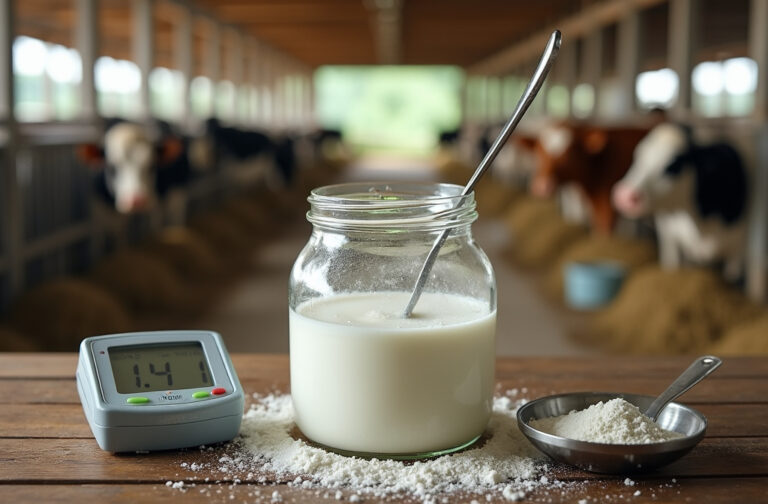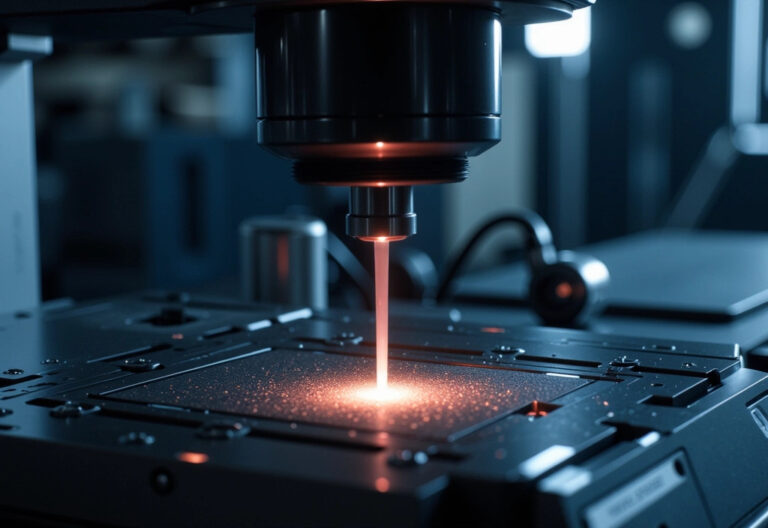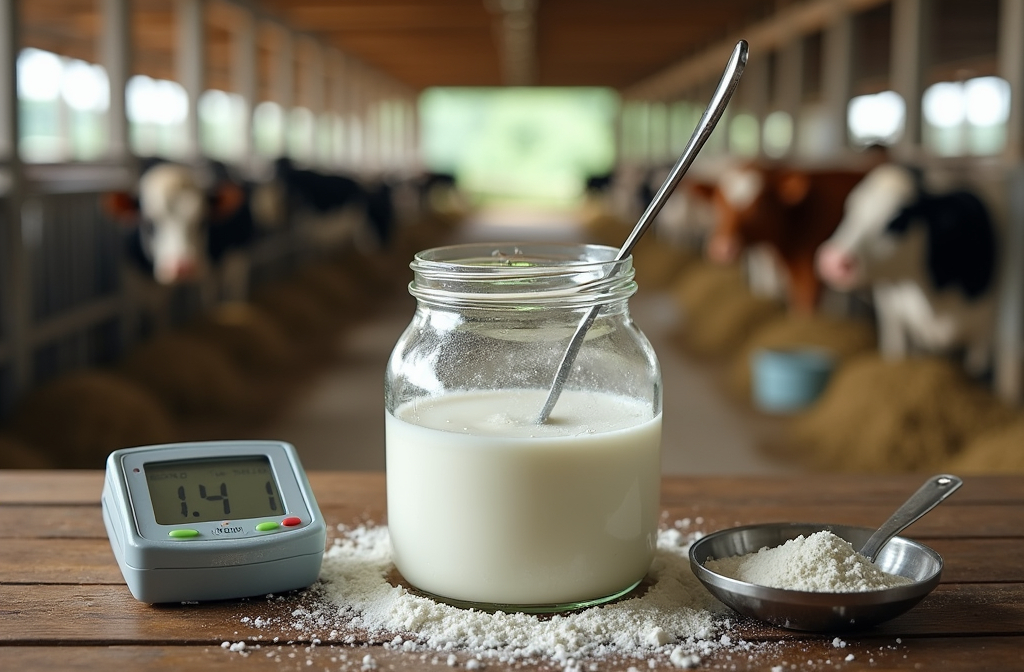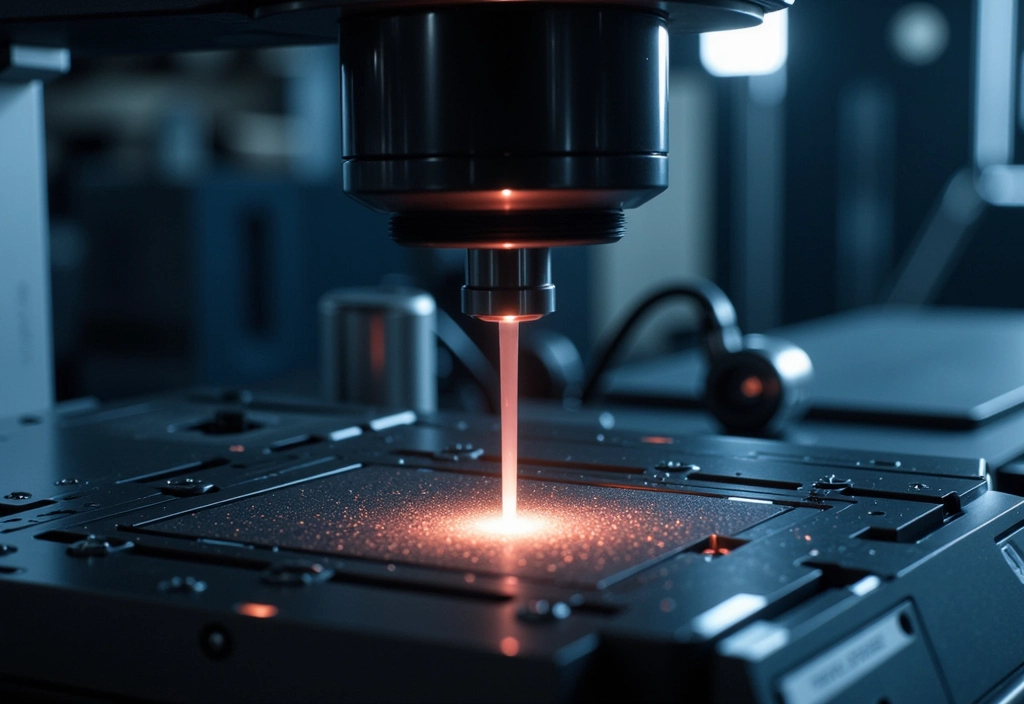The growing demand for sustainable solutions has intensified the need for efficient post-consumer plastic recycling methods. While experimental approaches provide valuable insights, the use of computational or in silico methods is proving to be a game-changer. This article explores the mechanistic modeling of plastic depolymerization, its current applications, and the promising directions it could take to enhance chemical recycling.
The Challenges of Plastic Waste
Plastics are indispensable in modern life, found in everything from food packaging to medical applications. However, their dependency on fossil fuels and the low recycling rate—less than 10% of post-consumer plastic in the U.S. was recycled in 2022—pose significant environmental concerns. The solution? Improved chemical recycling techniques that can break down plastics into valuable raw materials for reuse.
Chemical Recycling: A Closer Look
Unlike mechanical recycling, which physically processes plastics, chemical recycling restores plastics to their fundamental building blocks. Techniques like pyrolysis and solvolysis deconstruct polymers into high-value molecules. However, these processes are energy-intensive and face selectivity challenges due to the diversity of plastic waste. This is where kinetic modeling plays a vital role.
The Role of Kinetic Modeling in Plastic Depolymerization
To optimize chemical recycling, scientists are developing detailed kinetic models that simulate polymer breakdown under various conditions. These models provide insights into the reaction mechanisms and help refine process design. The main approaches include:
- Global Models – Simplified representations that track polymer mass loss and broad product categories. They offer computational efficiency but lack molecular specificity.
- Pathways-Level Models – A more refined method that maps reaction pathways to specific product molecules. While useful, these models may not capture the full complexity of depolymerization reactions.
- Mechanistic Models – The most detailed approach, tracking individual reaction steps and intermediates. These models require substantial computational resources but offer unparalleled accuracy in predicting polymer behavior during recycling.
Handling Complex Polymer Structures
Plastics are composed of a vast array of chain lengths and molecular structures. Advanced population balance modeling and kinetic Monte Carlo (kMC) simulations allow researchers to analyze these variations effectively. While kMC provides the highest level of detail, improvements in computational efficiency are making it more viable for large-scale applications.
The Future of Mechanistic Modeling in Recycling
As research progresses, mechanistic models will play a crucial role in designing next-generation recycling processes. Future directions include:
- Developing models for branched polymers and copolymers to expand recyclability options.
- Creating multicomponent models to simulate mixed plastic waste breakdown.
- Optimizing reactor designs and conditions to enhance efficiency.
Conclusion
The integration of advanced mechanistic modeling techniques is paving the way for a more sustainable and efficient plastic recycling industry. By leveraging computational power, scientists can fine-tune chemical recycling processes, reducing reliance on fossil fuels and minimizing environmental impact. With continued advancements, these models will be instrumental in achieving a circular economy for plastics.
Article derived from: Best, A.K., Raghu, A.K., Majumdar, P. et al. Modeling the depolymerization of plastics. Nat Chem Eng 2, 8–10 (2025). https://doi.org/10.1038/s44286-024-00168-5
Check out the cool NewsWade YouTube video about this article!
















